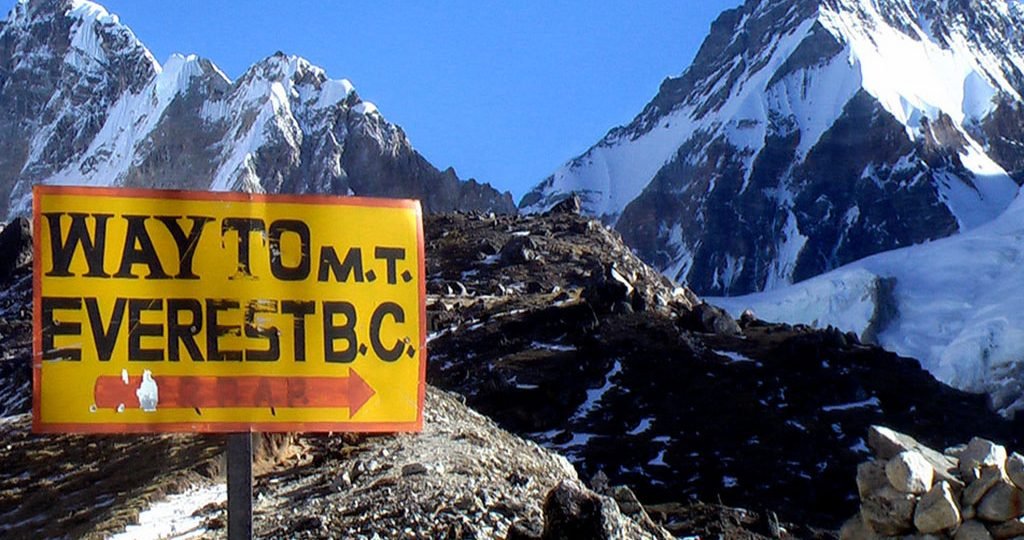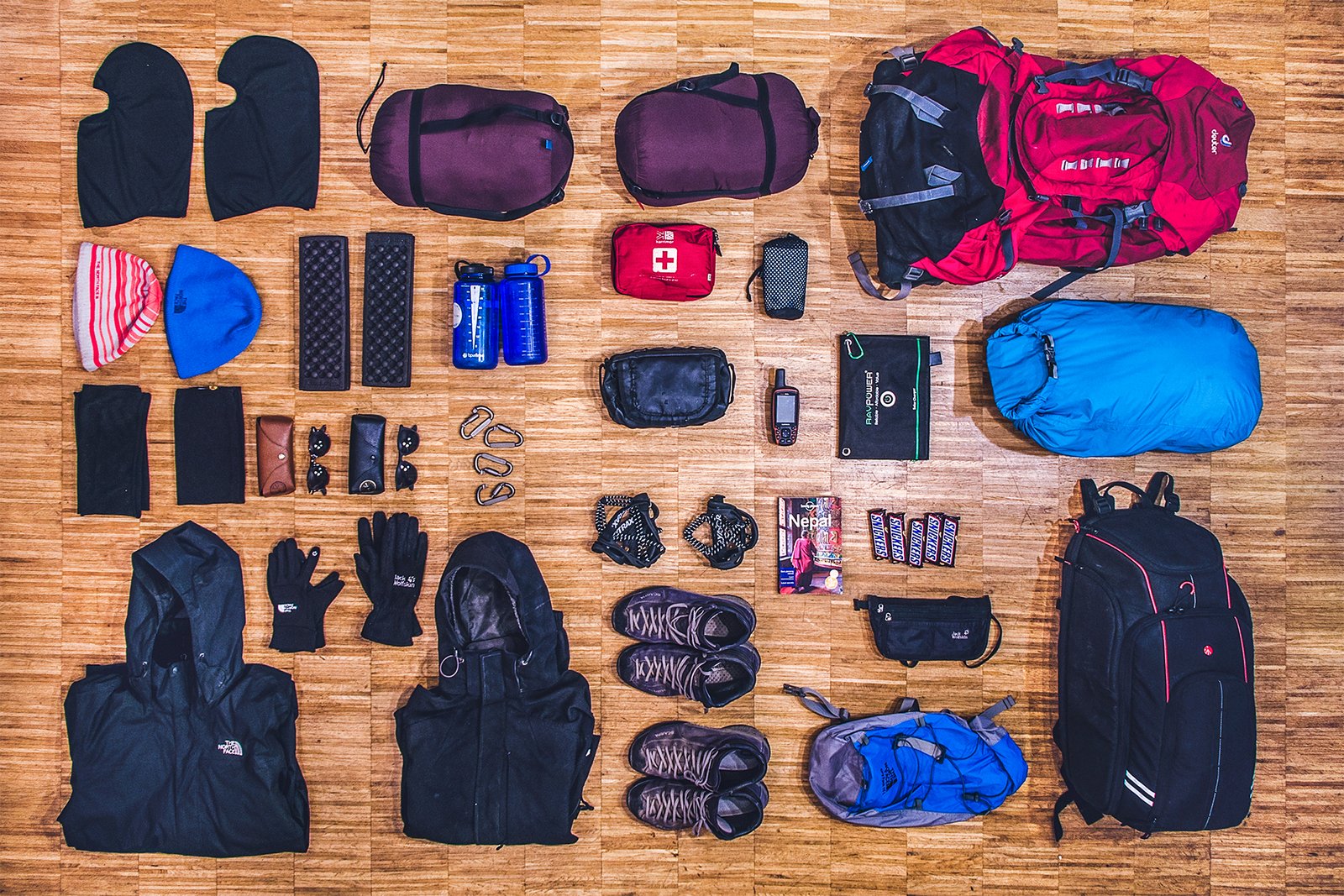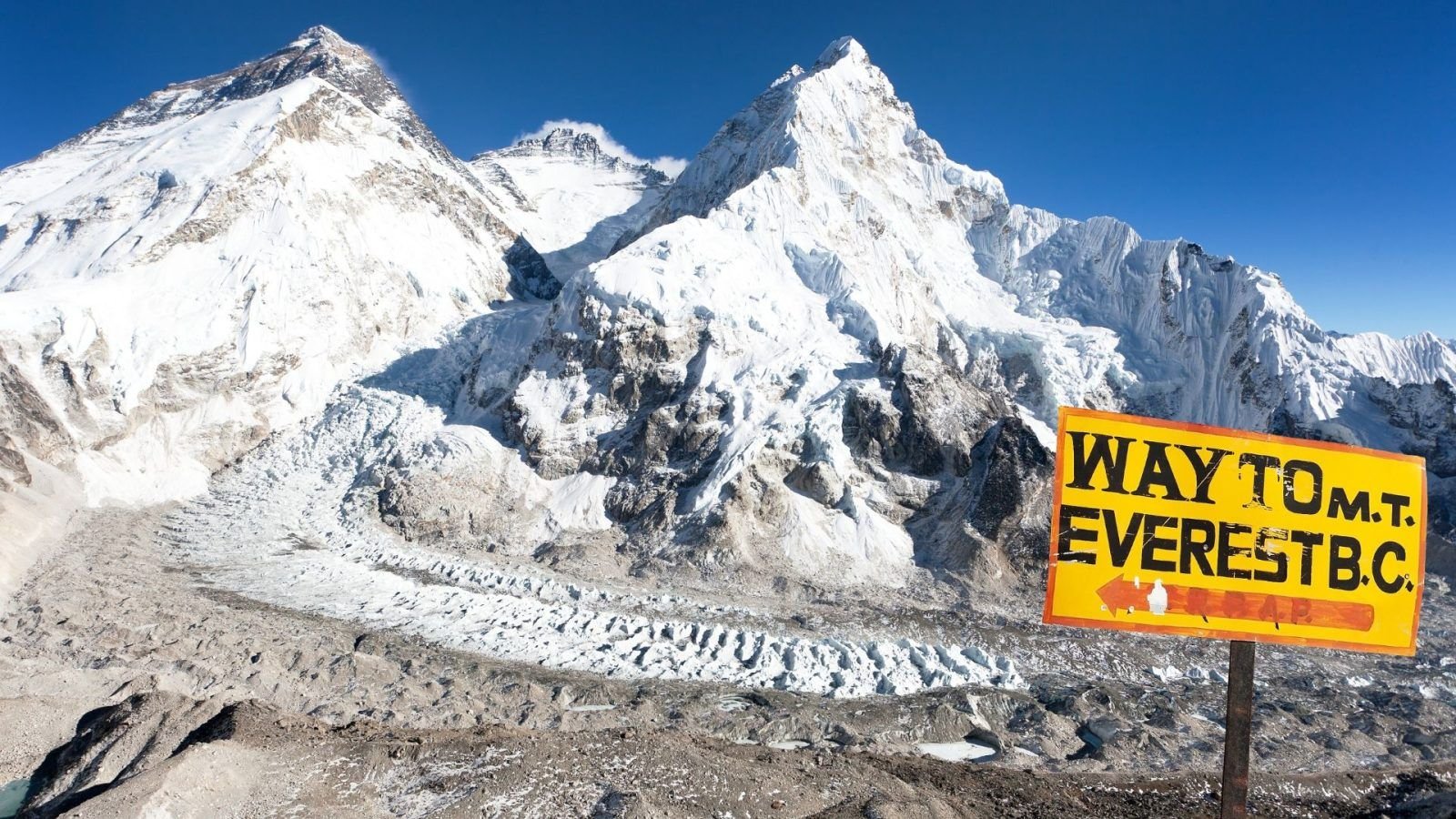Everest Packing List: What To Take On Your Base Camp Trek

Executive Summary

The majestic slopes of Mount Everest beckon adventure enthusiasts to embark on an awe-inspiring trekking expedition. To optimize the experience and ensure a safe passage through varied terrains, proper gear prepping assumes paramount importance. This detailed packing list guides trekkers on what to take on their Everest Base Camp trek, covering essential clothing, footwear, medications, documents, and miscellaneous items. The multifaceted topography of the Everest region necessitates a comprehensive packing strategy that balances practicality, functionality, and a spirit of exploration. Preparing a well-informed packing list is the first step toward a successful and memorable Everest Base Camp trek.

Introduction
The majestic panorama of Mount Everest is an irresistible siren’s call to adventurers and nature enthusiasts alike. Completing an Everest Base Camp trek offers a challenging yet fulfilling journey through stunning landscapes, rich cultural heritage, and unparalleled personal growth opportunities. Optimal trip preparation, particularly in terms of packing, is paramount for ensuring a smooth and safe passage through Nepal’s rugged terrains. From trekking attire to health essentials and legal documentation, this comprehensive packing inventory addresses every element of your Everest Base Camp trek experience, ensuring you are fully equipped to navigate the wonders of Nepal and the formidable slopes of Mount Everest with confidence.
Clothing
Nepal’s unpredictable mountain weather demands versatile dressing options that cater to sudden shifts in temperature and precipitation. Layering provides the flexibility to adjust to changing conditions. A warm, insulated jacket combats chilly evenings and sudden cold snaps while moisture-wicking base layers enhance comfort during strenuous activity. Pay special attention to weather forecasts and pack accordingly as unfavorable conditions are common in the unpredictable terrains of the Everest region.
4 Essential Clothing Items:
- Thermal Layers: Opt for lightweight, moisture-wicking fabrics that trap warmth efficiently. Consider layering multiple thin layers rather than a single bulky sweater for optimal insulation.
- Windproof and Waterproof Jacket: Protect yourself from wind and rain with a well-constructed jacket that keeps you dry and comfortable. Gore-Tex is a recommended material for superior weather resistance.
- Down Jacket or Heavy Fleece: Pack a warm, insulating layer for extra protection against extreme cold. Down or high-quality synthetic materials provide excellent warmth-to-weight ratios.
- Sun Protection Gear: The high altitude intensifies sunlight, making proper sun protective measures crucial. Include a wide-brimmed hat, sunglasses with UV protection, and sunscreen with an SPF of 50 or higher in your kit.
Footwear
Rugged terrains and demanding trails require sturdy, supportive footwear. Select trekking boots that provide ample traction, ankle support, and waterproofing to withstand rugged trails, rugged terrain, and unpredictable weather. Additional insoles enhance comfort and arch support. Break in your boots properly before the trek to avoid blisters and chafing. Consider packing an extra pair of trekking socks for added convenience and comfort.
4 Essential Footwear Items:
- Sturdy Trekking Boots: Waterproof, high-quality trekking boots with excellent ankle support are essential. Ensure they fit snugly without causing discomfort or excessive tightness.
- Hiking Shoes (Optional): For lighter day hikes or strolling around towns and villages, a comfortable pair of hiking shoes or trail runners can offer a welcomed change from your trekking boots.
- Camp Shoes: After a long day on the trail, feet appreciate the relaxation and comfort provided by camp shoes or comfortable sandals.
- Gaiters: Protect your lower legs from snow, mud, and debris with a pair of lightweight, waterproof gaiters. They also keep your trekking pants out of your boots, limiting potential tripping hazards.
Medication and First Aid
Even the best precautions can’t entirely eliminate the risk of minor ailments or injuries during a high-altitude trek. Pack a comprehensive first aid kit with essential medical supplies and emergency medications tailored to your individual needs. Ensure you have adequate quantities of prescription medications and over-the-counter remedies for common illnesses like altitude sickness, stomach upset, and headaches. Consult with your doctor or travel health clinic for personalized advice and prescriptions.
4 Essential Medication and First Aid Items:
- Altitude Sickness Medication: Consult your healthcare provider for prescribed altitude sickness medication like Acetazolamide or Dexamethasone. These can ease the symptoms and facilitate acclimatization.
- Personal Medications: Pack an adequate supply of any prescription medications you regularly rely on. Be sure they are clearly labeled and readily accessible.
- Over-the-Counter Remedies: Include common remedies like pain relievers, antihistamines, anti-diarrheal medication, and decongestants to combat potential health issues during the trek.
- First Aid Kit: Assemble a comprehensive kit containing bandages, antiseptic wipes, painkillers, wound dressings, and other essentials to treat minor injuries. A compact and lightweight kit is ideal.
Documents and Permits
Your legal documentation and travel logistics play a fundamental role in a seamless trekking experience. Secure your passport with ample validity beyond the trip duration. Obtain your Nepal visa beforehand through the Nepali embassy or online platforms. Remember to carry printed copies and color photocopies of vital documents like your passport, visa, insurance papers, and flight details. Inform yourself about any recommended vaccinations before your departure.
4 Essential Documents and Permits:
- Passport and Visa: A valid passport with at least six months of validity beyond your planned return date is mandatory. Obtain the appropriate Nepal tourist visa before commencing your journey.
- Travel Insurance: Invest in comprehensive travel insurance that covers medical emergencies, trip cancellations, and baggage loss.
- Flight Details: Include hard and digital copies of your flight itineraries, both international and domestic. Keep them readily accessible for check-in and boarding processes.
- Vaccinations: Check with a travel health clinic to understand any vaccinations recommended for Nepal. Whether required or not, consider Hepatitis A and B, Typhoid, and Japanese Encephalitis vaccinations for enhanced protection.
Miscellaneous Items
The final group of essentials encompasses various accessories that enhance convenience, hygiene, safety, and overall enjoyment. For energy replenishment on the trail, consider energy bars, electrolyte replacements, and personal snacks. Integrate practical items like a headlamp, a multi-functional Swiss army knife, and a portable power bank into your packing strategy. Don’t overlook personal hygiene essentials such as biodegradable soap, hand sanitizer, and a quick-drying towel. A sleeping bag liner can offer an extra layer of warmth and comfort, particularly beneficial for sensitive sleepers and chilly nights.
4 Essential Miscellaneous Items:
- Nutritional Snacks and Supplements: Pack a balanced selection of energy bars, trail mix, and electrolyte replacement powder to refuel during your daily treks. Personalized dietary preferences should guide your specific choices.
- Headlamp or Flashlight: A hands-free light source is crucial for navigating low-light conditions, especially after dark. Ensure it offers ample brightness and has extra batteries or a reliable power source.
- Swiss Army Knife: This versatile tool is a compact problem-solver for various situations. Select a knife with essential features like a blade, scissors, screwdrivers, and tweezers.
- Sleep Sack Liner: If you’ll be using rentedsleeping bags along the trek, a sleeping bag liner provides an extra layer of hygiene and warmth. Pack one made of soft, breathable, and quick-drying material.
Conclusion
A well-prepared Everest Base Camp trek epitomizes the seamless fusion of thorough preparation, impeccable organization, and ardent anticipation. With balanced packing that aligns clothing choices to anticipated weather conditions, the careful selection of protective accessories, optimized footwear choices for comfort and safety, meticulously curated medications and first aid supplies for well-being, meticulous arrangement of essential documentation and permits for hassle-free travel, and thoughtful selection of miscellaneous essentials for enhanced convenience, travelers embark on their Himalayan odyssey with confidence, knowing they’ve planned for a memorable and fulfilling journey. Adventure awaits, and meticulous packing is the gateway to embracing it fully.
Keyword Phrase Tags:
- everest base camp packing list
- everest trekking gear guide
- essentials for everest base camp trek
- nepal trekking packing tips
- packing checklist for mount everest